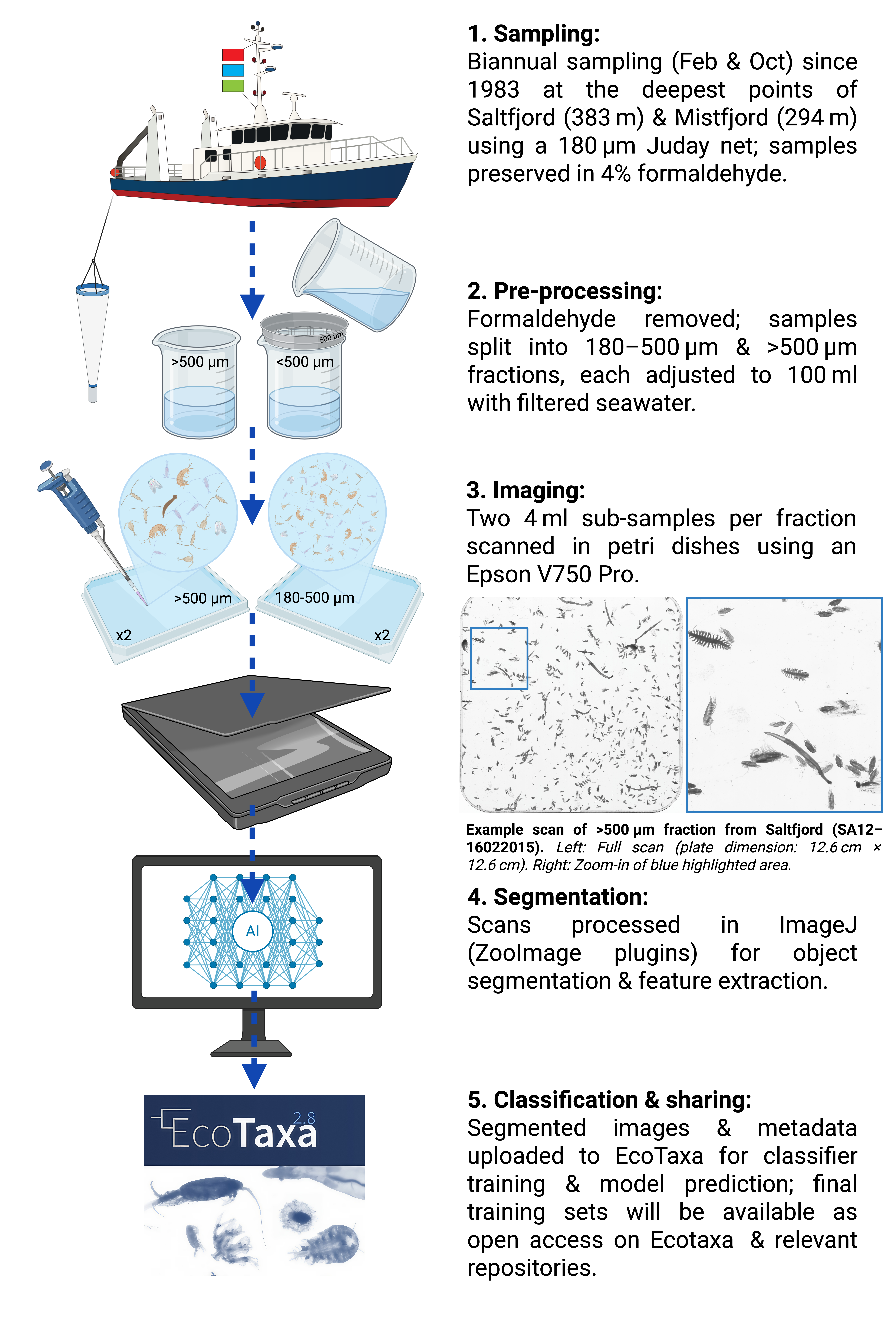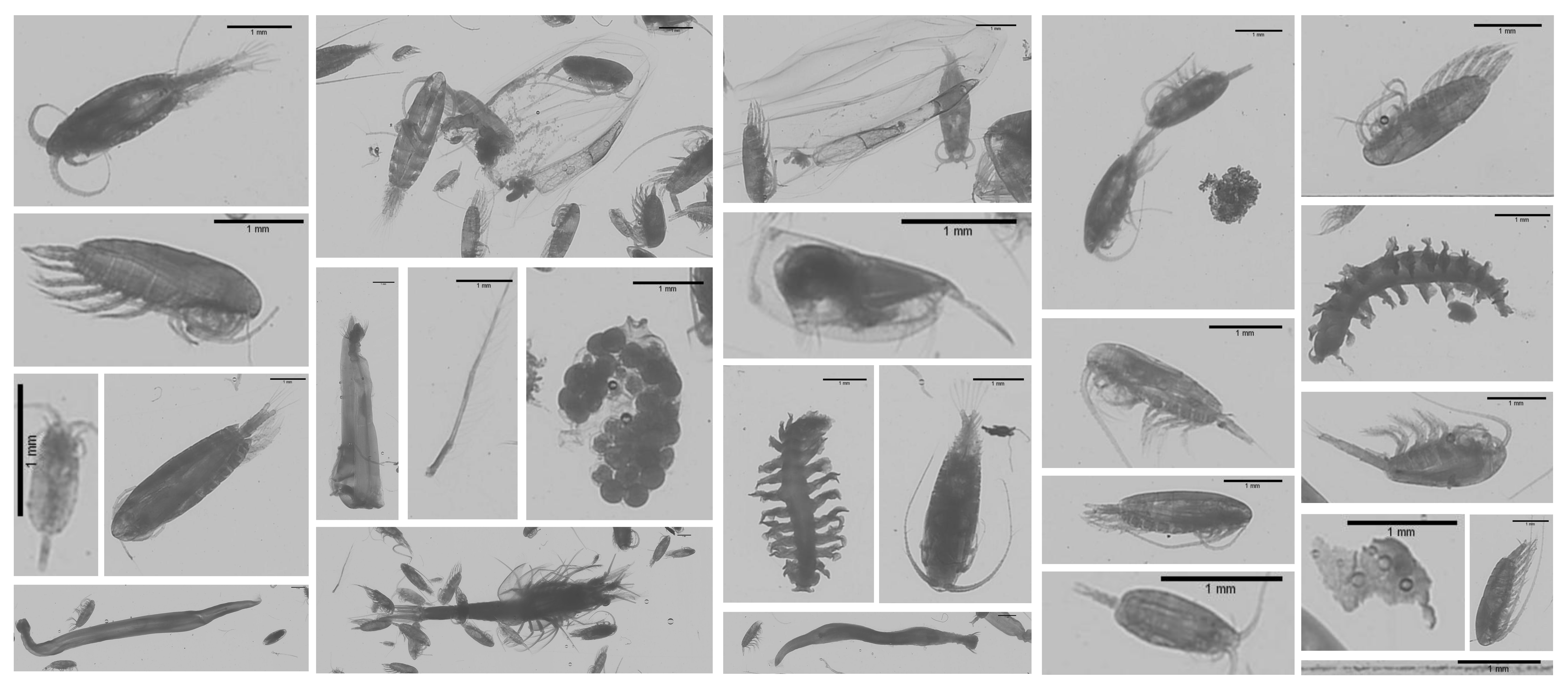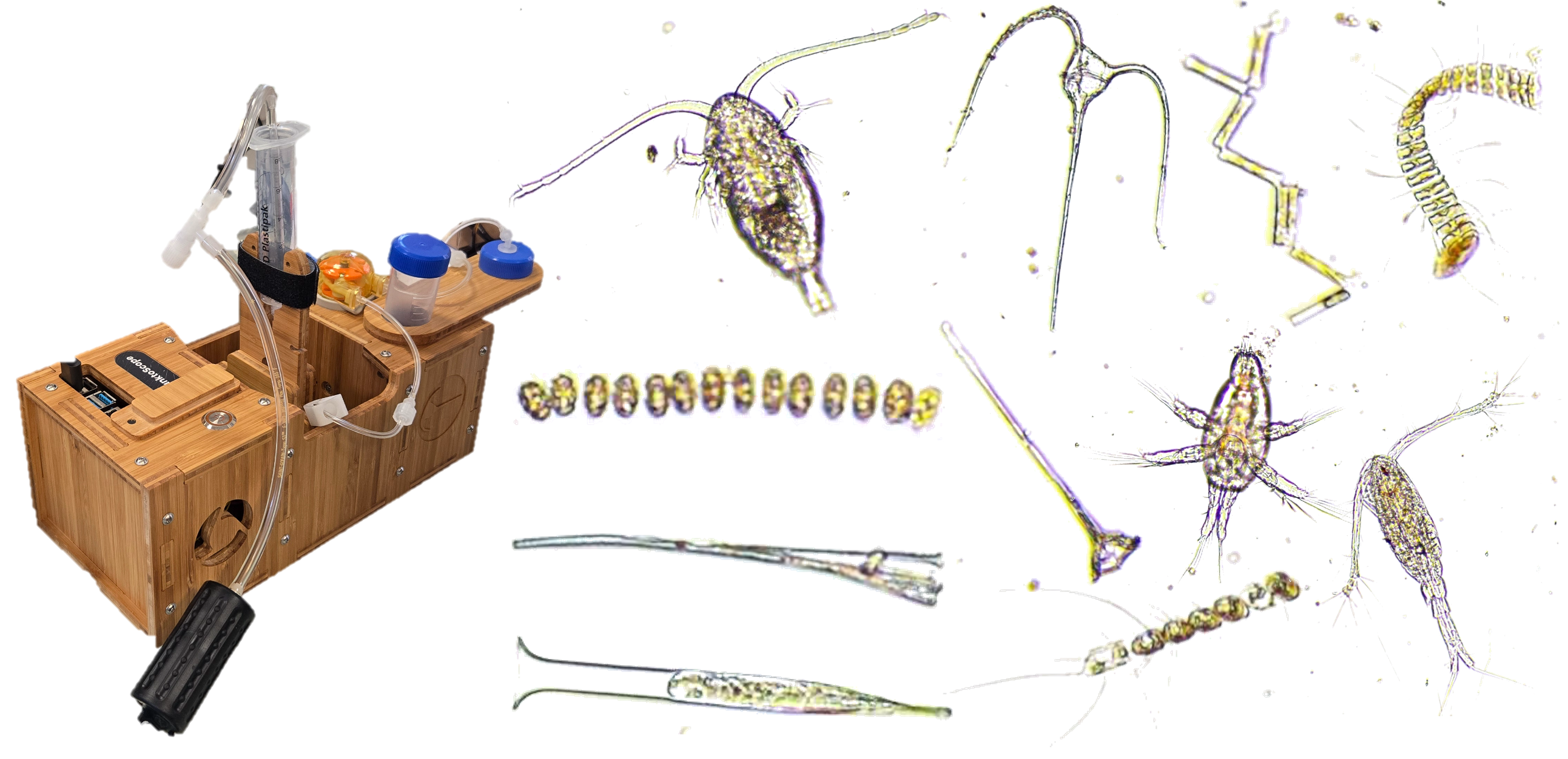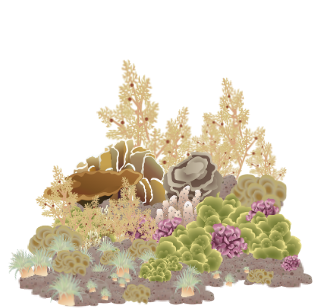Long-term trends in zooplankton communities in Arctic fjords
Arctic ecosystems are undergoing rapid transformations due to climate change, impacting species from microscopic plankton to top predators. Zooplankton, which play a central role in transferring energy from primary producers to higher trophic levels, are particularly sensitive to these changes. Shifts in their community structure can trigger cascading effects, threatening biodiversity, food security & ecosystem stability.
Yet, monitoring zooplankton at large spatio-temporal scales remains a major challenge. Traditional methods (manual sorting, identification & measurement) are laborious & time-consuming. To address this, the BioBoost+ project supports the development & application of non-invasive, cost-effective & high-frequency monitoring tools using digital imaging & AI- assisted approaches.
This study proposed apply digital scanning of museum samples and emerging Computer Vision (CV) approach to develop an Artic zooplankton training set and AI-model to reinvestigate a unique 42-year zooplankton survey from Saltfjord &
Mistfjord in Northern Norway. By comparing outputs from digital workflows with those of traditional methods, this study aims to assess the potential of these technologies to improve the accuracy, efficiency & ecological insight of long-term plankton monitoring, ultimately enabling more responsive & scalable surveys.

Surveyed sites map
Since 2025, I have been investigating Arctic fjord biodiversity in Norway.
Navigate through the map below to explore the surveyed sites from different projects.
Click on the site circles to learn more about each survey.



